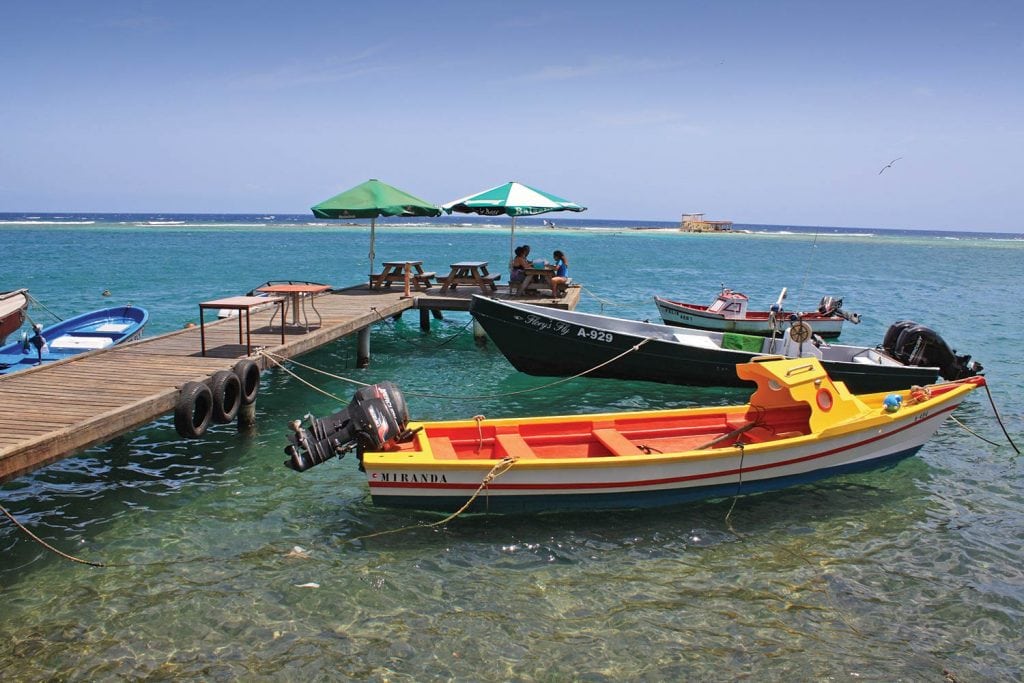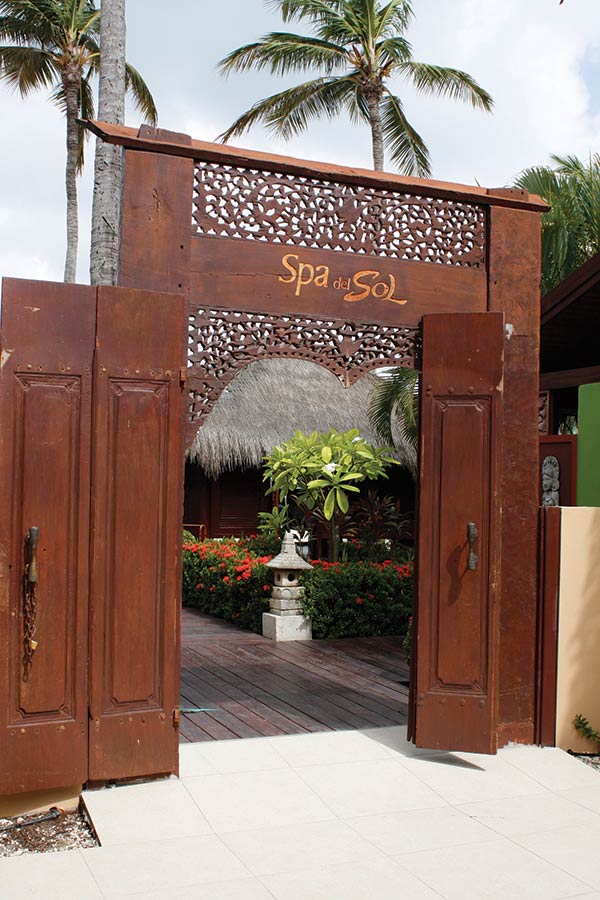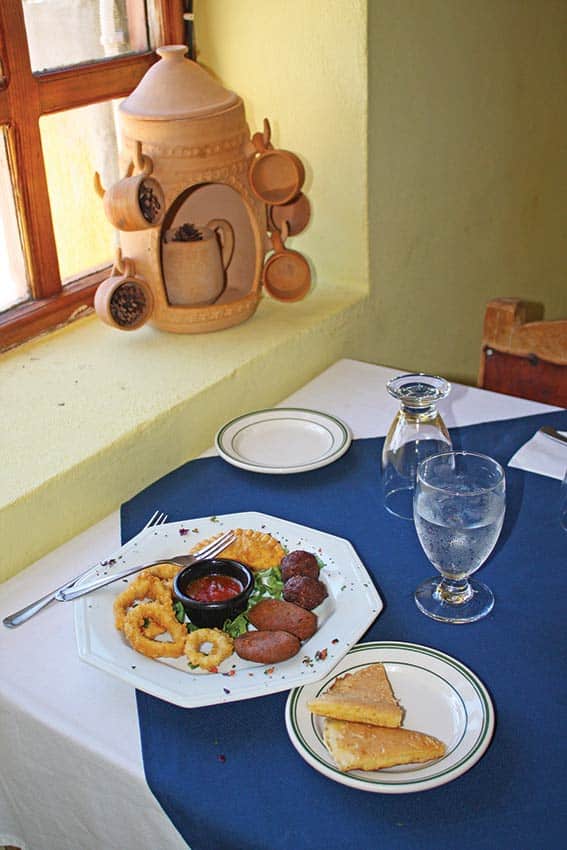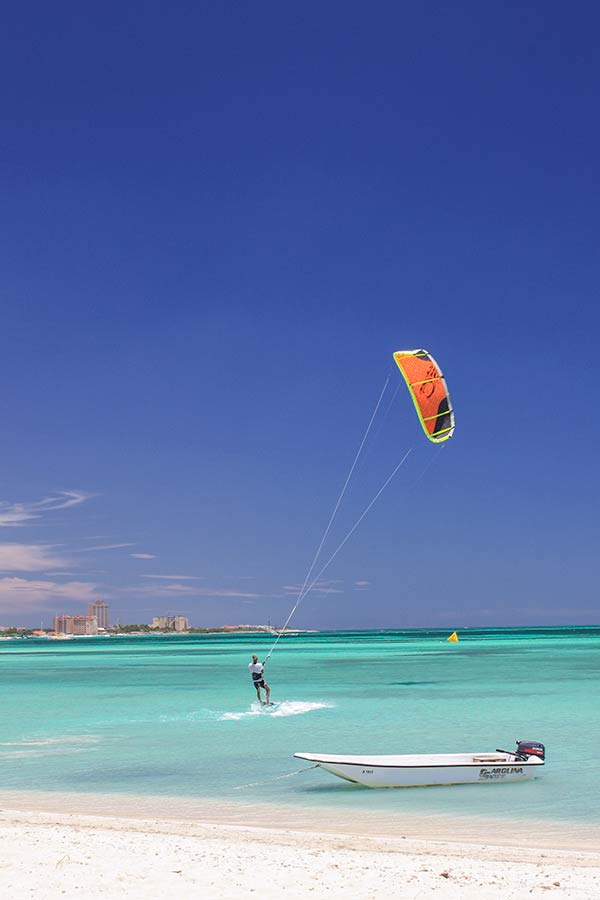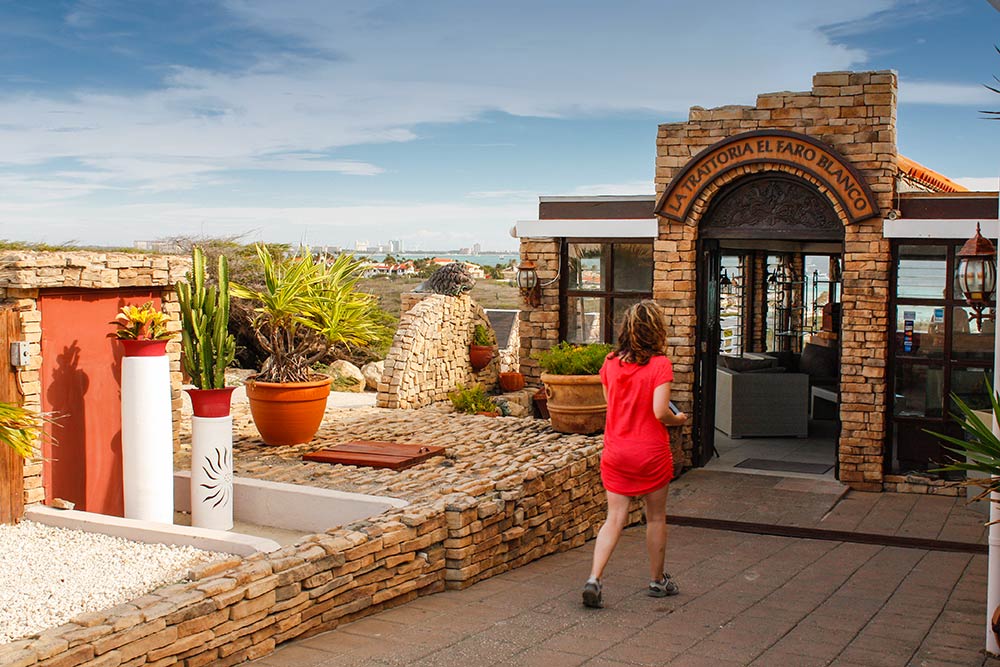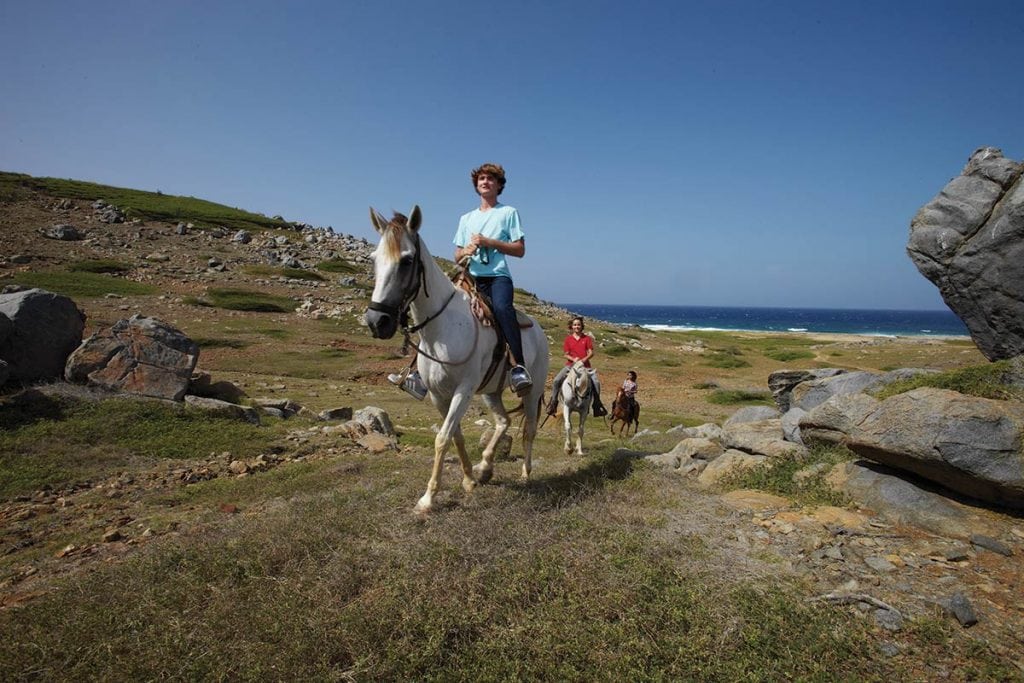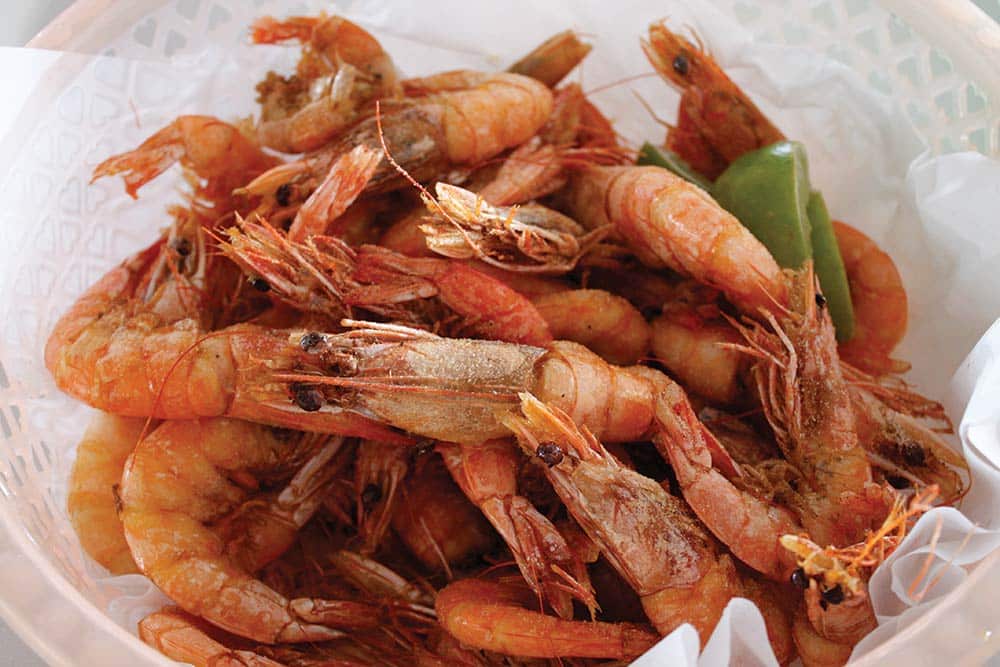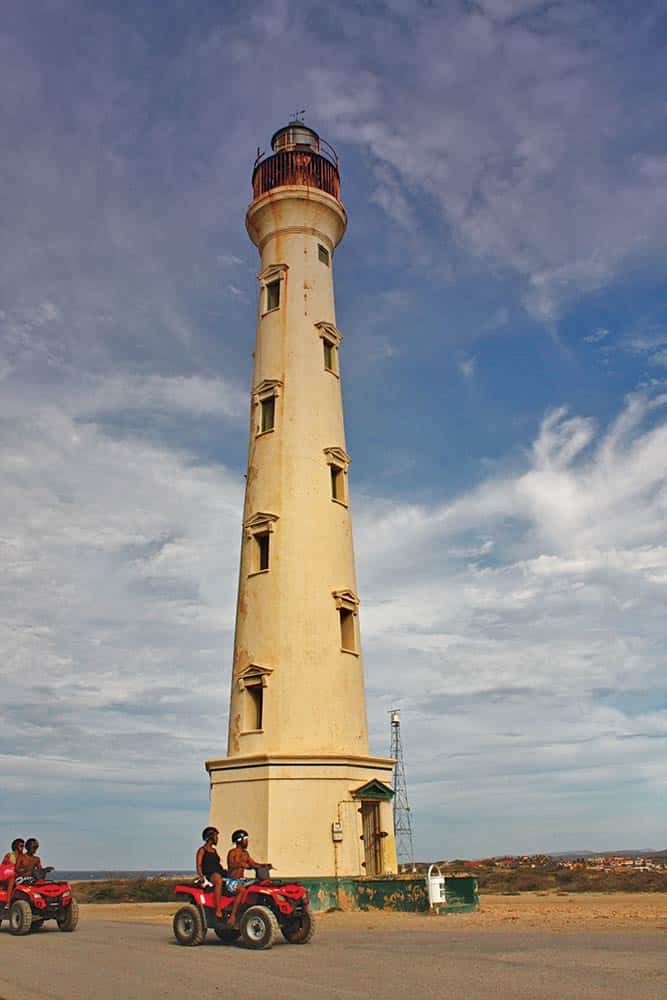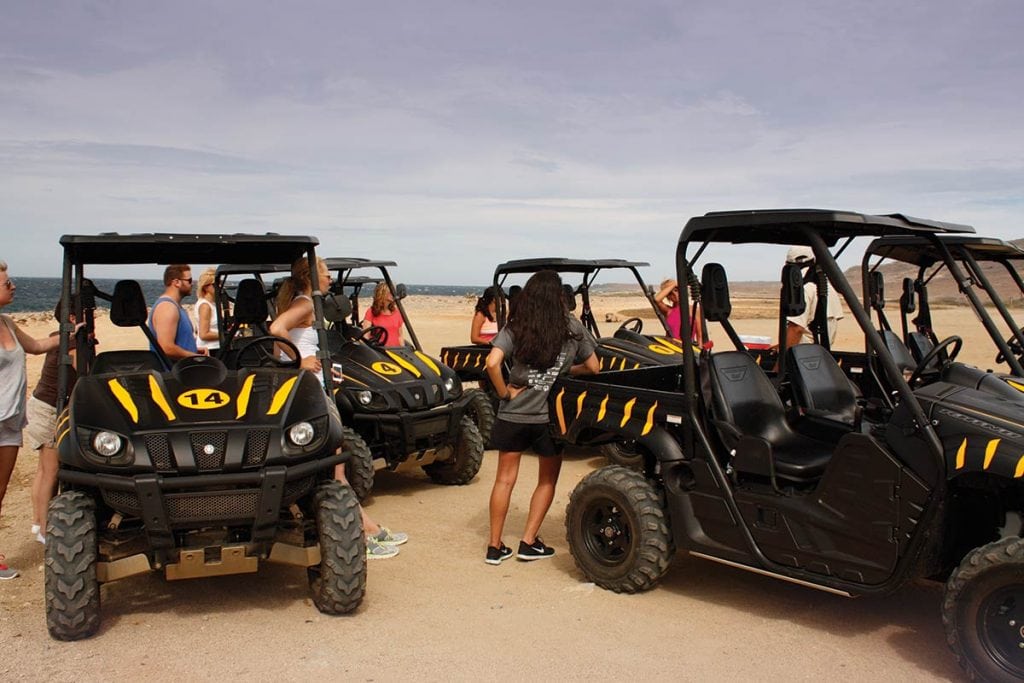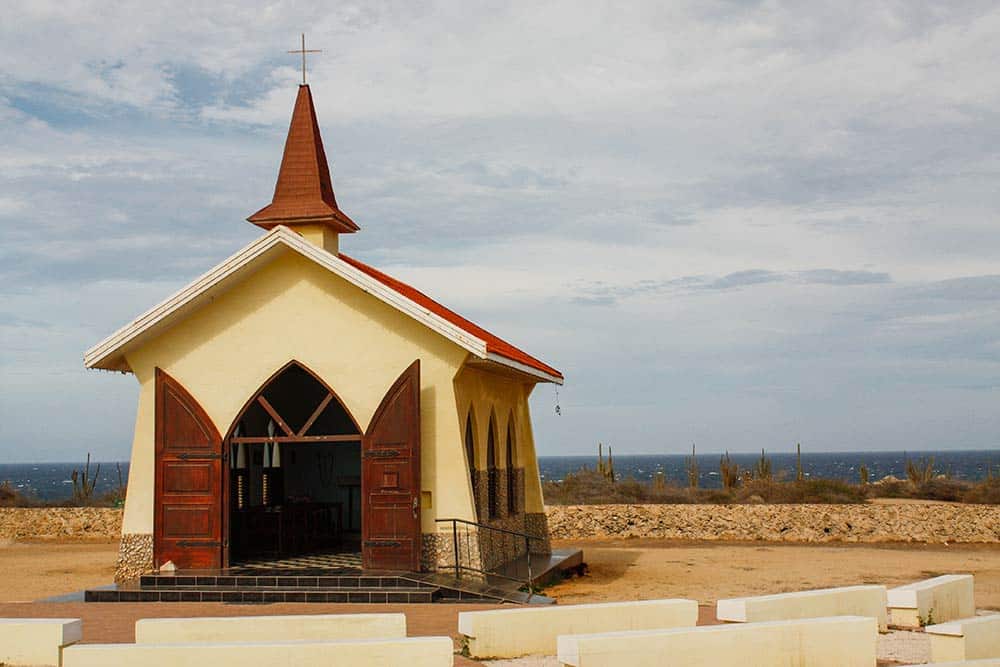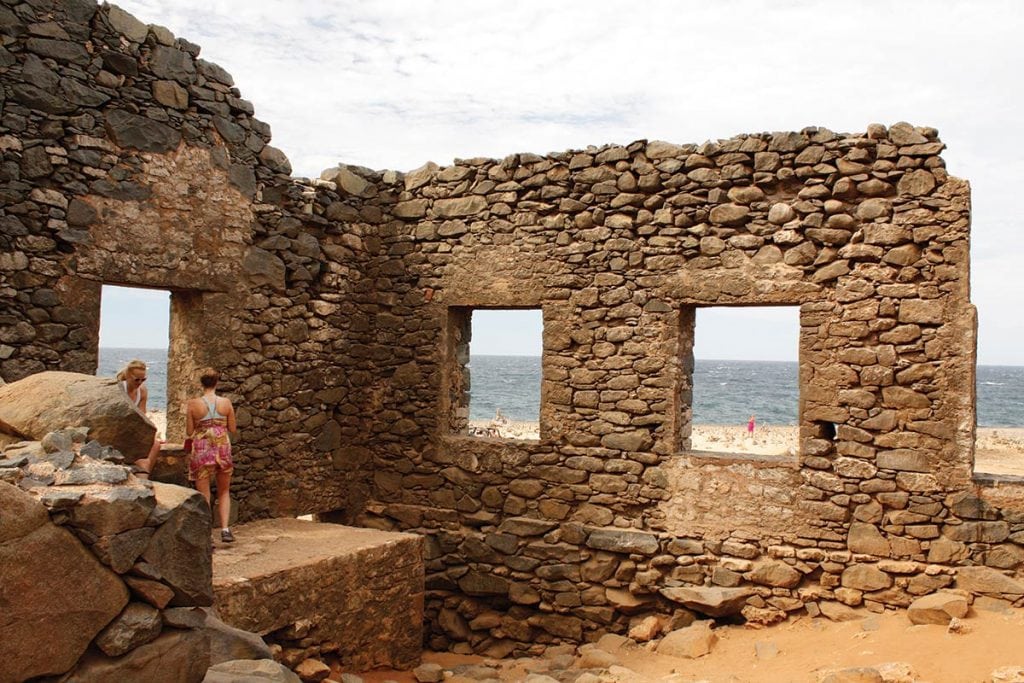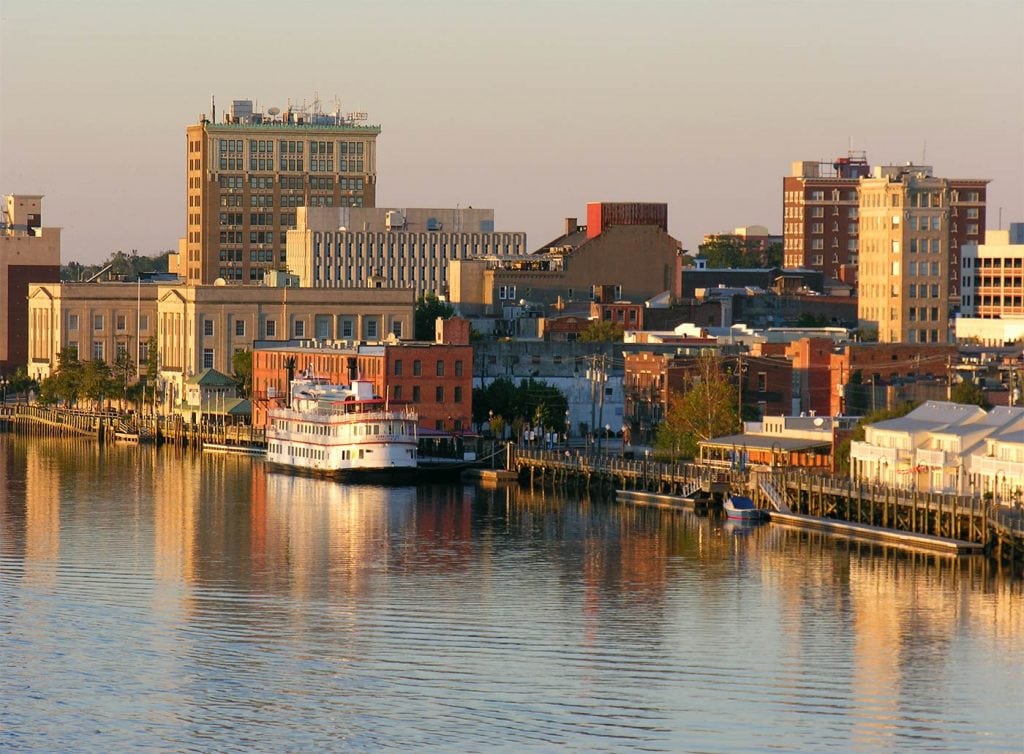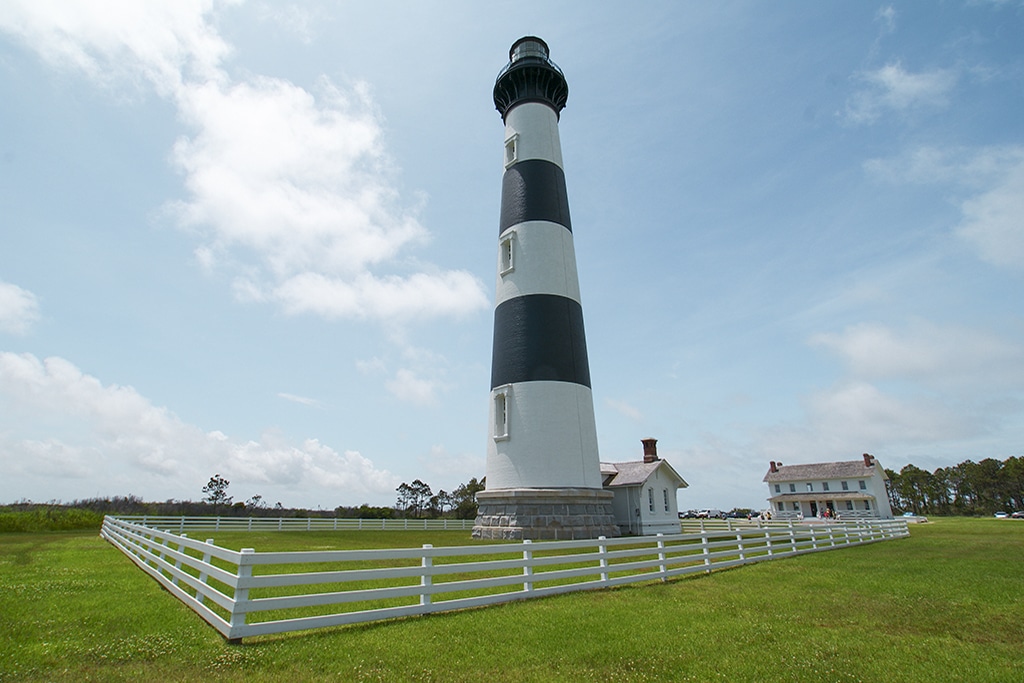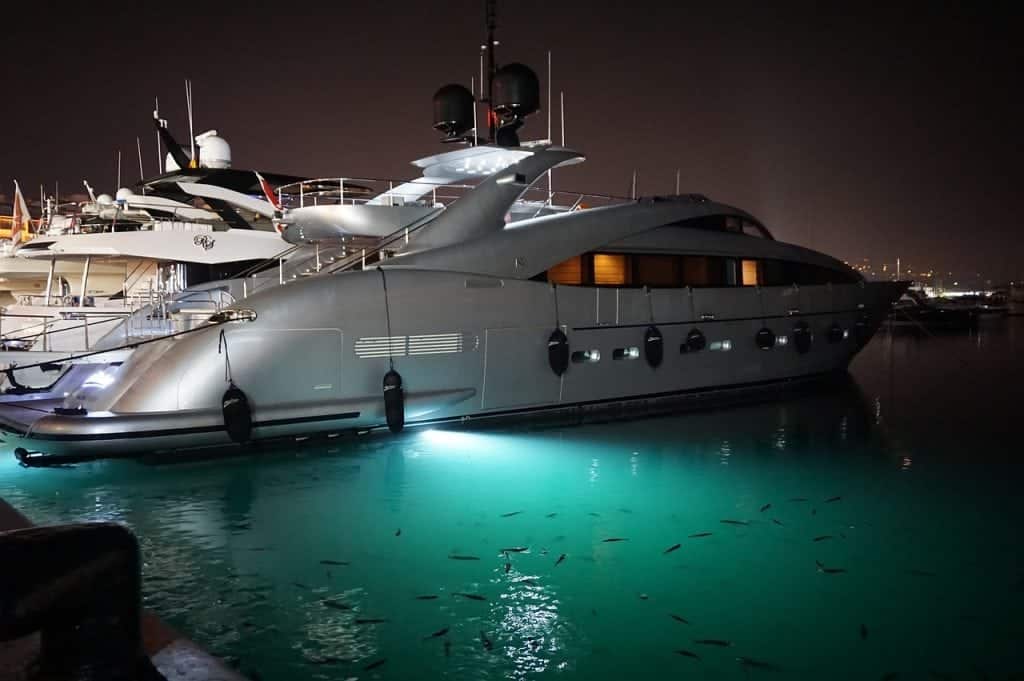Aruba shows off it’s many (beautiful) sides
The more one cruises in the islands, the more apparent it becomes that each individual island—like individual people—has its own distinct personality. Some are quiet, fiercely independent and guard their shores with menacing appearances, while others are easily approached and carefree, with a warm, welcoming and happy nature. I found Aruba’s tourism tagline of “One happy island” to be true, but I discovered the island has many other personas as well, which makes getting to know it all the more beguiling.
Scarcely 15 miles off the northern coast of Venezuela, the 19.6-mile-long, 6-mile-wide island of Aruba is the western-most of the Lesser Antilles’ ABC islands—Aruba, Bonaire, and Curacao. For the casual or infrequent cruiser, its remote off-the-beaten-path location disqualifies it as a cruising destination. However, for cruisers comfortable with venturing farther—as well as for avid sportfishermen and yachts heading to or from the Panama Canal or even Colombia, which is actively promoting itself as a cruising destination—Aruba is a convenient and worthwhile stopover out of the hurricane belt.
Warm Weather, Warmer People
Its climate alone—the average temperature is 82 degrees year-round—entices a longer or repeat visit, but it also has the largest desalination system in the Caribbean for pure, clean water right from the tap that’s low on minerals and chlorination ensuring a spotless finish on yachts.
Clearing customs in Aruba is different from what cruisers may be used to on other islands. Upon arrival, all vessels must proceed immediately to the official port of entry at Barcadera Harbor located three miles south of Port Oranjestad (Aruba’s capital city). According to Renaissance Marina Manager Sander Vellinga, Aruba’s clearance process is well-organized and efficient, and the procedures are explained and documents are available at Renaissance Marina.
Renaissance Marina is in the heart of downtown Oranjestad and has 50 slips with Med-style mooring up to 200′ LOA. The average size of visiting yachts is 90-140′ in the marina, which has an entrance depth of 12.5′ with a 1.5-foot tide change. Since the marina is in the middle of downtown away from the beaches further north, the resort owns two private beaches accessed by a free courtesy shuttle (no personal tenders are allowed on their private beaches). Marina guests have full access to all hotel facilities as well, which comes in handy when relatives invite themselves for a visit. Renaissance Marina is an in-water marina only, but haul-out and marine services are available at Varadero Marina located close to the airport.
Cruising Paradise?
Conveniently for cruisers, the six-month cruising permit is put on hold once their boat is hauled-out and moved past a specific gate at Varadero Marina. “Aruba has a good infrastructure and does not charge duty on parts, so it’s fairly cost-effective to have work done here,” says Vellinga, who has also published an Aruba cruising guide. For those who prefer being on the hook as opposed to marinas, the bay known as Surfside is a popular and calm anchorage with little to no coral and has a nice beach area directly in front of the Aruba Tourism Authority office.
Activity Abound
Aruba offers a plethora of activity options. For the health conscious or fitness buffs, get your yoga and pilates fix at Manchebo Resort and Spa, an intimate 72-room boutique beach resort ideally situated on Eagle Beach. I was concerned my first yoga experience would be akin to the very uncomfortable yoga scene from the movie Couples Retreat. But certified yoga teacher Anouscka van der Kuyp made everyone feel relaxed, comfortable and empowered to try new poses.
Within steps of the beach, the multiuse, wall-less yoga “room” is a covered open-air space with a hardwood floor and stage in front. It also serves well for weddings, vow renewals, and other celebrations. After yoga, enjoy one of Manchebo’s healthy smoothies with your breakfast. Then get those achy muscles massaged at their Spa del Sol, a Balinese-themed spa with massage huts that overlook the beach and ocean.
Watersports run the gamut on Aruba. Snorkel the reefs, scuba dive the many shipwrecks, or take a paddleboarding lesson from former Floridian Dennis Martinez, owner of Aruba Surf and Paddle School. But if you’re an avid kitesurfer or have longed to try it, the long stretch of Palm Beach is ideally suited with smooth, protected waters, a constant breeze, and a sandy bottom, all perfect elements for kiteboarding and windsurfing, whether you’re a beginner or expert.
Palm Beach—along with the other beaches on the south and more civilized side of the island—is where you’ll find hotels, resorts, casinos, restaurants, and shopping. But while the south shore is where the action is, you’ll never truly know Aruba until you’re introduced to its more isolated yet intriguing side, the north coast, with its desolate beauty that receives and repels visitors simultaneously. Bicyclists frequently explore the north coast provided they have the stamina and sufficient drinking water.
Exploration Nation
But for those who prefer horsepower, both the four-legged and four-wheeled versions are available for guided tours. An early morning horseback ride through Arikok National Park treats riders to spectacular views of the rocky, cacti-peppered landscape. Take a dip in the natural pool while the horses patiently wait. Four-wheel drive Yamaha UTVs, however, enable you to see more of the coast, albeit at a higher rate of speed. The trail is dusty, so glasses or goggles and a bandana are helpful.
Stretch your legs at the ruins of the Bushiribana Gold Mill, where visitors participate in the tradition of stacking rocks along the shoreline as a memorial to a loved one, a prayer or blessing, or a wish. Heading north on the well-traveled trail, remnants of makeshift cabins and colorful dwellings scatter the shoreline and provide shelter from the elements as well as complete isolation. The California Lighthouse, which marks the northernmost tip of the island, is named after the vessel California that shipwrecked on the coast nearby.
On Aruba, locals frequent the same places as tourists. It’s not uncommon to eat in the same restaurant a s island residents, shop in the same grocery store, or go to the same church. At St. Ann Parish in the town of Noord, visiting tourists (and journalists) join residents at the 11AM Mass spoken in English. With a common purpose, they blend harmoniously in a great melting pot of ages, culture and skin color. As the scripture is read and hymns are sung, yet another aspect of Aruba’s distinctive personality is revealed on this multi-faceted island.
By Liz Pasch, Southern Boating
October 2013

